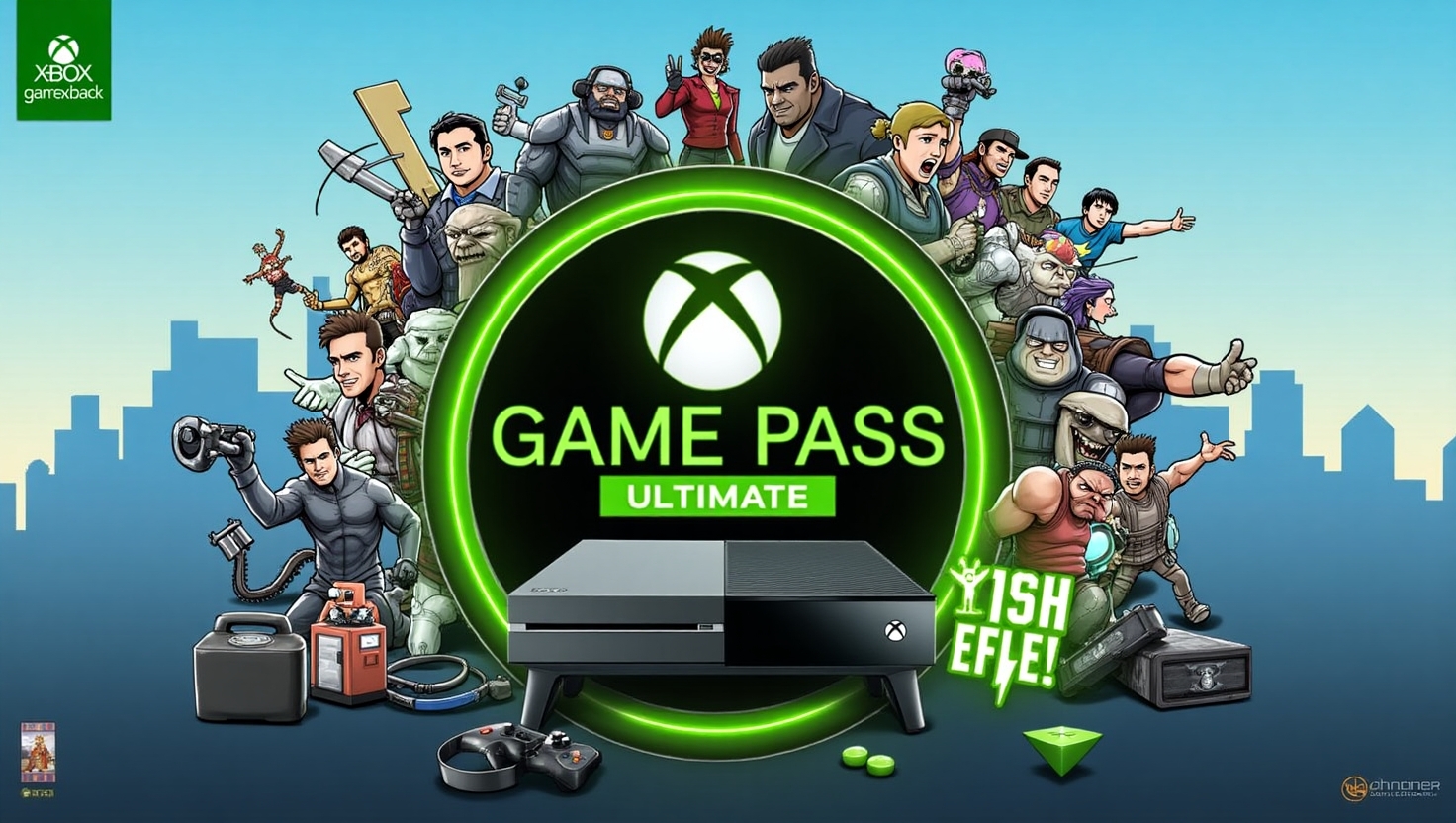Understanding the Recent Xbox Game Pass Ultimate Changes
Introduction to Xbox Game Pass Ultimate
Xbox Game Pass Ultimate has been a pivotal component in the gaming subscription world, revolutionizing how players access a vast library of games. Since its inception, it has positioned itself as a premier service combining Xbox Live Gold with access to over a hundred high-quality games for console, PC, and cloud gaming. Its monthly subscription model allows gamers a cost-effective gateway to an expansive digital playground. In an era where convenience and content variety reign supreme, Xbox Game Pass Ultimate stands at the forefront, shaping the subscription dynamics of the video game industry.
Overview of Subscription Changes
The recent modifications in the Xbox Game Pass Ultimate framework have sparked conversations throughout the gaming community. Microsoft’s decision to adjust their subscription tiers involves both the introduction of new options and a notable price increase. The PC Game Pass, for instance, has been relocated from $11.99 to a hefty $16.49 per month, while the Ultimate tier witnessed a staggering leap from $19.99 to $29.99. Such changes reflect Microsoft’s attempt to realign its offerings, perhaps in a bid to incorporate enhanced features and services that keep pace with evolving gamer expectations and technological advancements.
Comparative improvements in lower tiers, such as additional game titles without a corresponding price hike, contrast the steep increase in Ultimate. These moves might suggest an effort to balance the scales, catering to both budget-conscious gamers and those looking for premium experiences.
For an in-depth look at the specifics, the article on Windows Central lays out the tier restructuring in detail, providing users a comprehensive roadmap of what to expect from each subscription plan.
Player Sentiment and Reactions
The player sentiment post-announcement is a tapestry of mixed reactions. Dissatisfaction looms large across several gaming forums and social media platforms, where many loyal customers have voiced their discontent over rising costs. A notable 50% price hike in the flagship Ultimate tier has elicited complaints from budget-sensitive users who previously found the service’s value proposition irresistible.
Interestingly, while some players have pivoted to alternative subscription tiers or competitive platforms, others have chosen to stay, albeit begrudgingly, acknowledging the unique benefits of the Ultimate package. Personal anecdotes from players, like those in the Windows Central article, highlight a growing sentiment of weighing cost versus content access.
The Impact on Gaming Services
The ripple effects of these subscription changes are felt across broader gaming services. By restructuring and repricing, Microsoft seems intent on redefining what premium gaming experiences entail in a multiplatform environment. The emphasis on cloud gaming and an expansive library highlights an inclination toward integrating with various devices, fortifying Microsoft’s strategy in competing head-on with Playstation Now and other emerging subscription rivals.
This analogously resembles the streaming wars in the entertainment sector, where platforms like Netflix and Hulu constantly juggle content quantity, quality, and cost, influencing user loyalty and market dominance. Here, Microsoft might be banking on its storied gaming legacy and unique cross-device capabilities to retain its competitive edge.
Market Trends in Gaming Subscriptions
The market for gaming subscriptions is on a rapid evolutionary path. Microsoft’s recent moves might signal larger trends, like an industry shift towards multiplatform accessibility and an increased focus on cloud-based services. Xbox Game Pass Ultimate, once a disruptive force, now faces an arena where subscription-based models are increasingly standard.
Looking ahead, one can predict further integrations of AI-driven personalization in gaming subscriptions, providing curated experiences that align more with what specific user cohorts desire. This evolution could retain customers who are seeking bespoke, immersive gameplay and foster loyalty despite the turbulent pricing dynamics.
Conclusion: The Future of Xbox Game Pass Ultimate
In summary, the recent changes in Xbox Game Pass Ultimate reflect a shifting landscape where subscription services must constantly evolve to maintain relevance. As Microsoft treads this path, the onus lies in balancing improvements against affordability, especially as player sentiment shades towards disenchantment.
Gaming enthusiasts and subscribers alike should be encouraged to voice their perspectives on these changes, shaping future iterations that better cater to collective needs. For those interested in further reading, the detailed analysis in the Windows Central article provides an excellent dive into the considerations currently defining Microsoft’s Game Pass evolution. Ultimately, adaptive strategies and responsive changes hold the key to sustaining interest in subscription-based gaming services.

